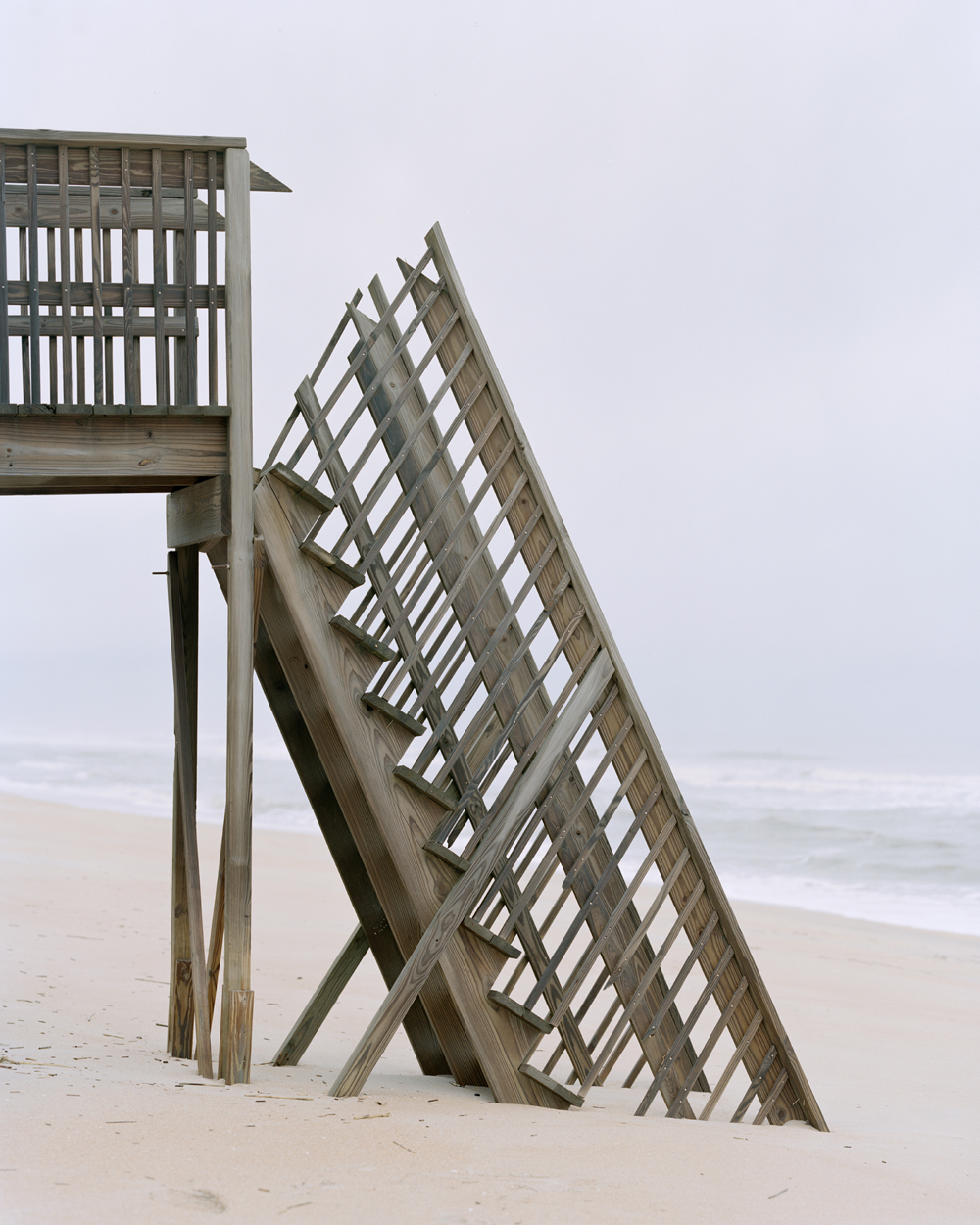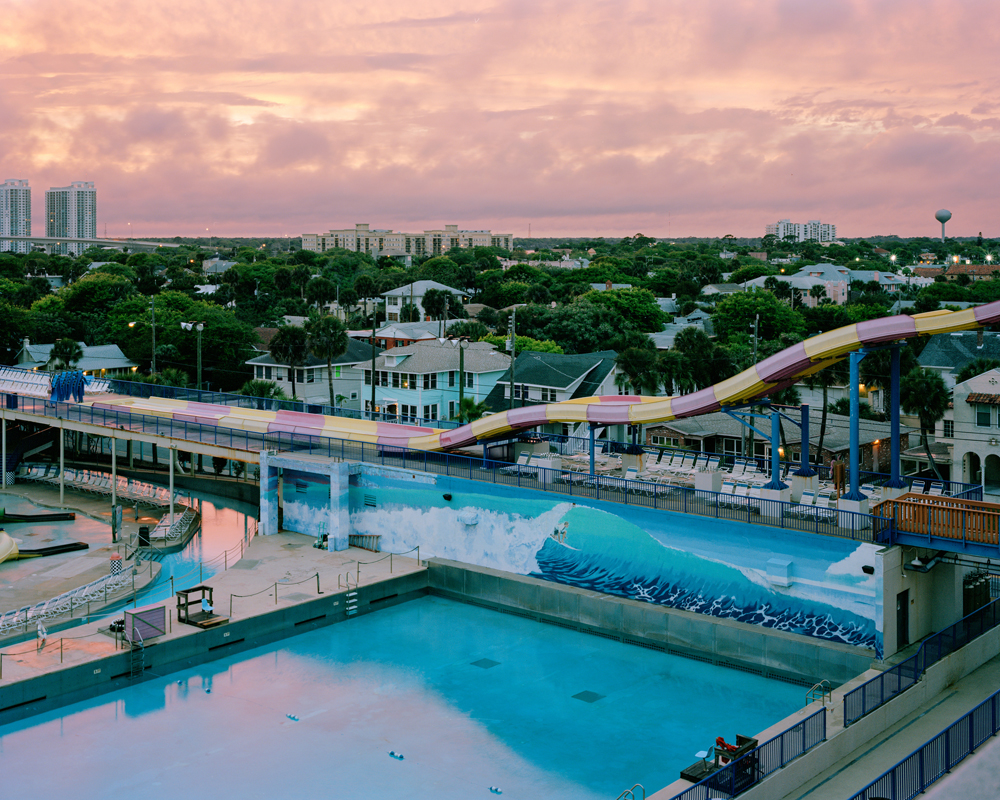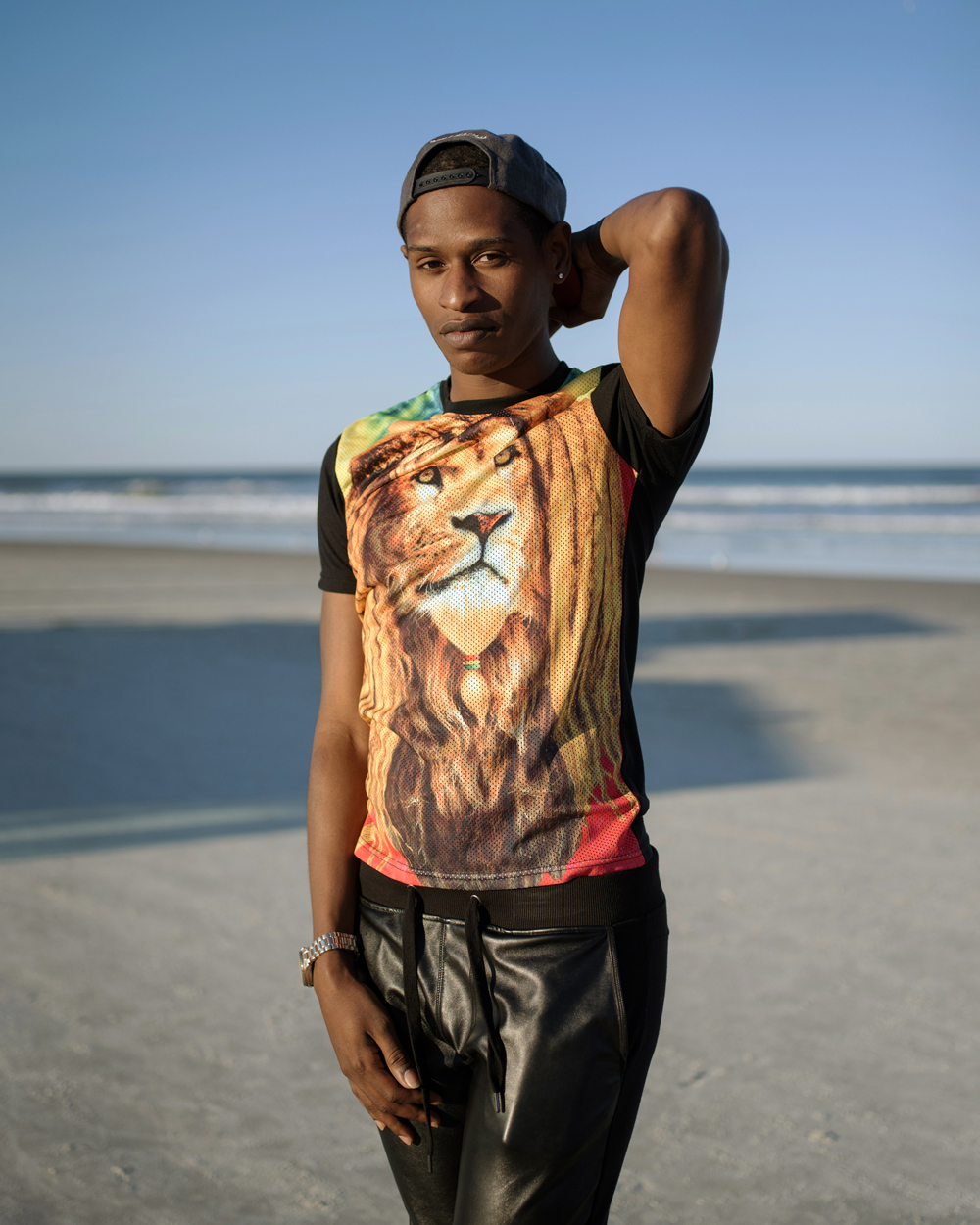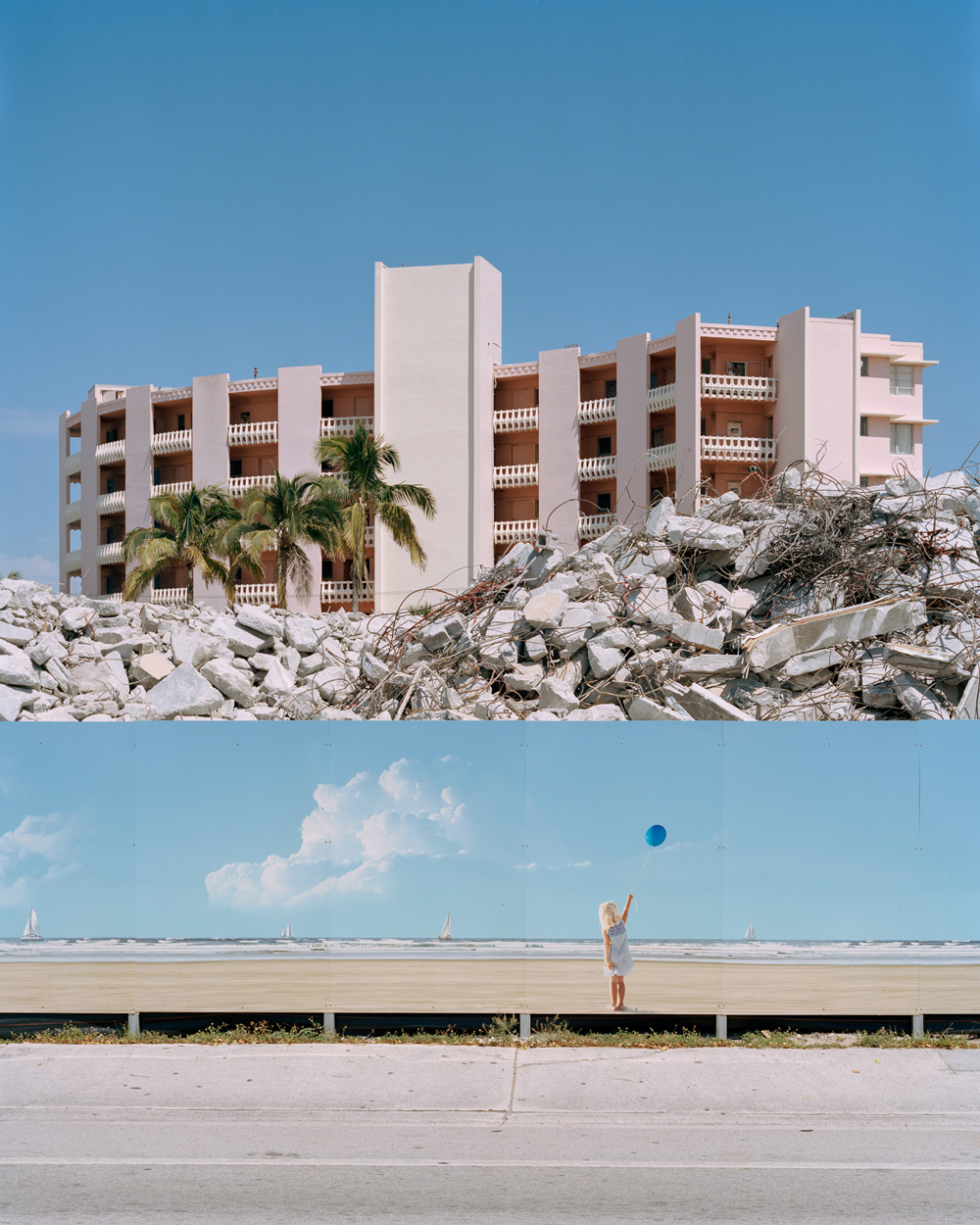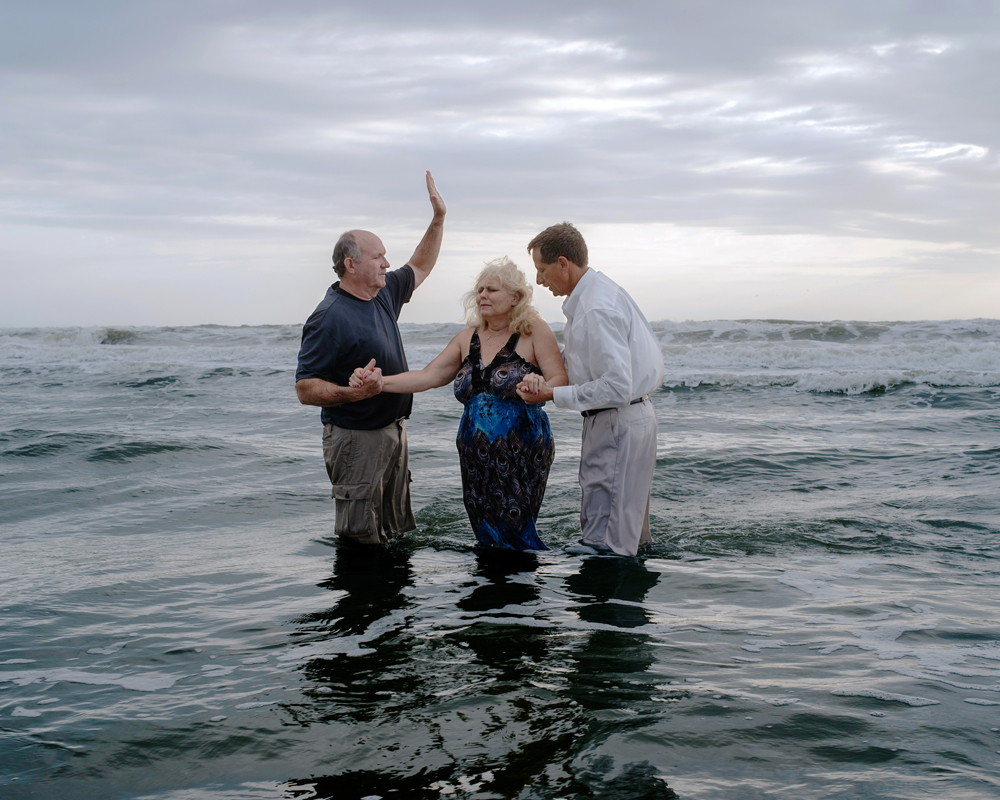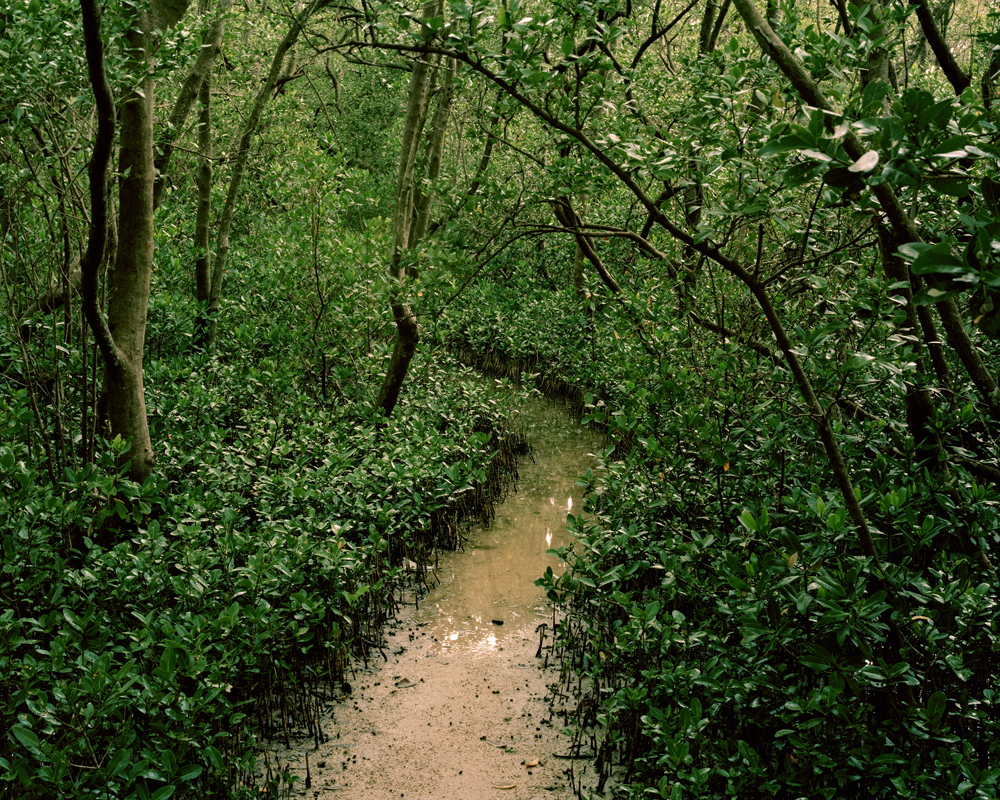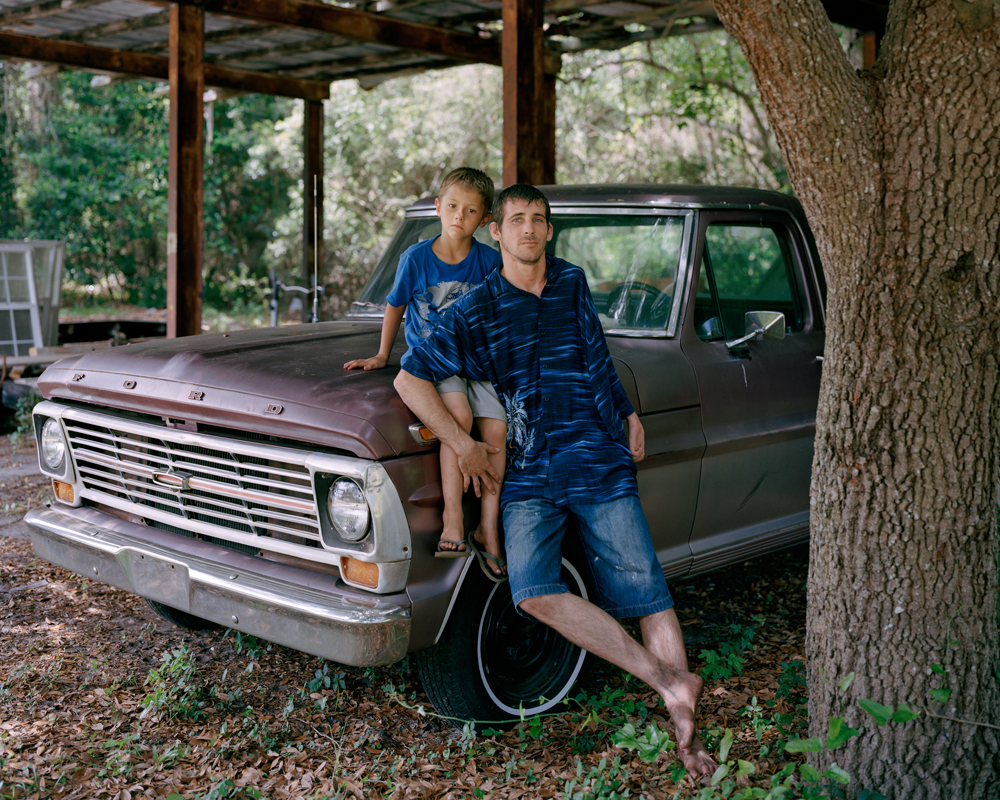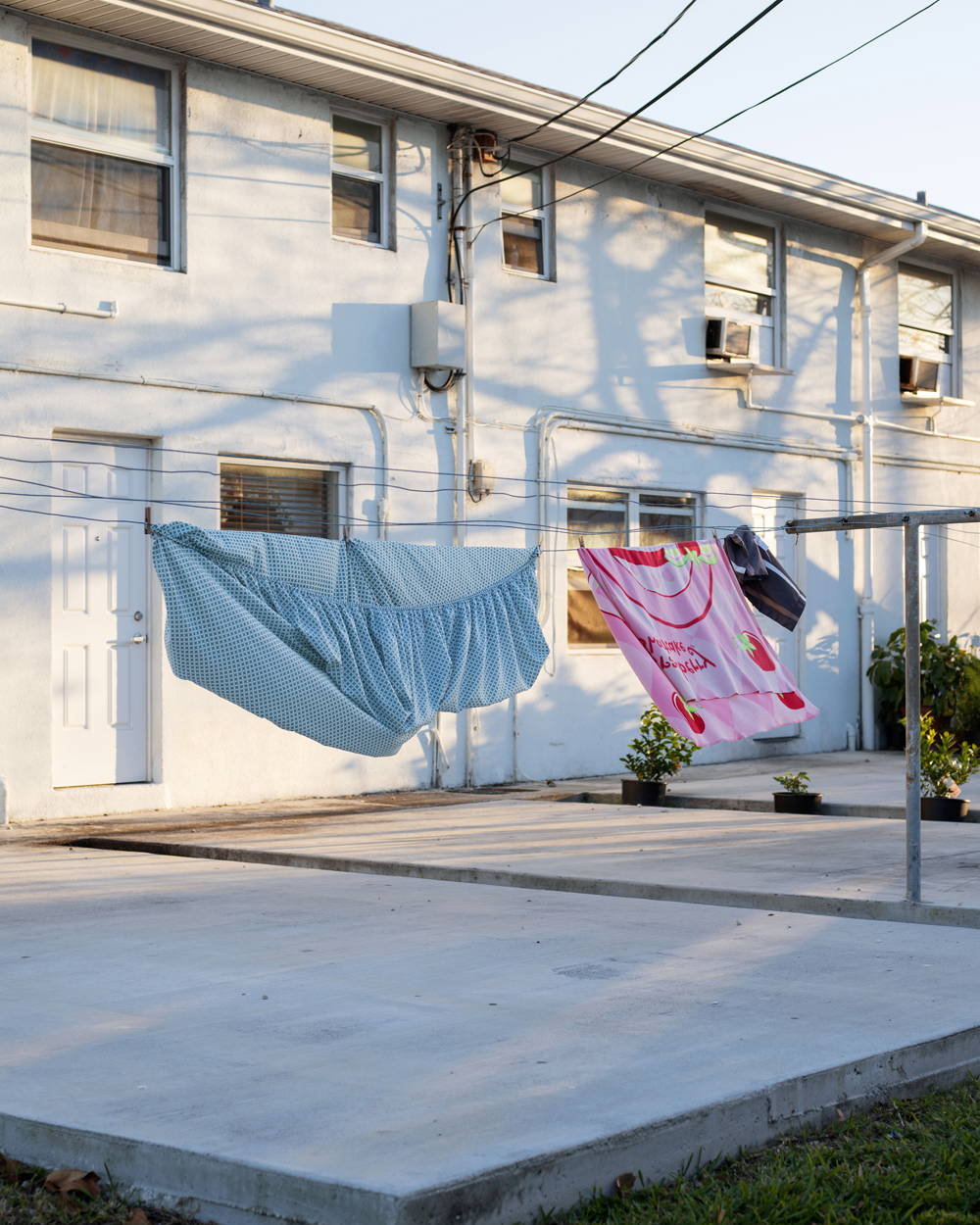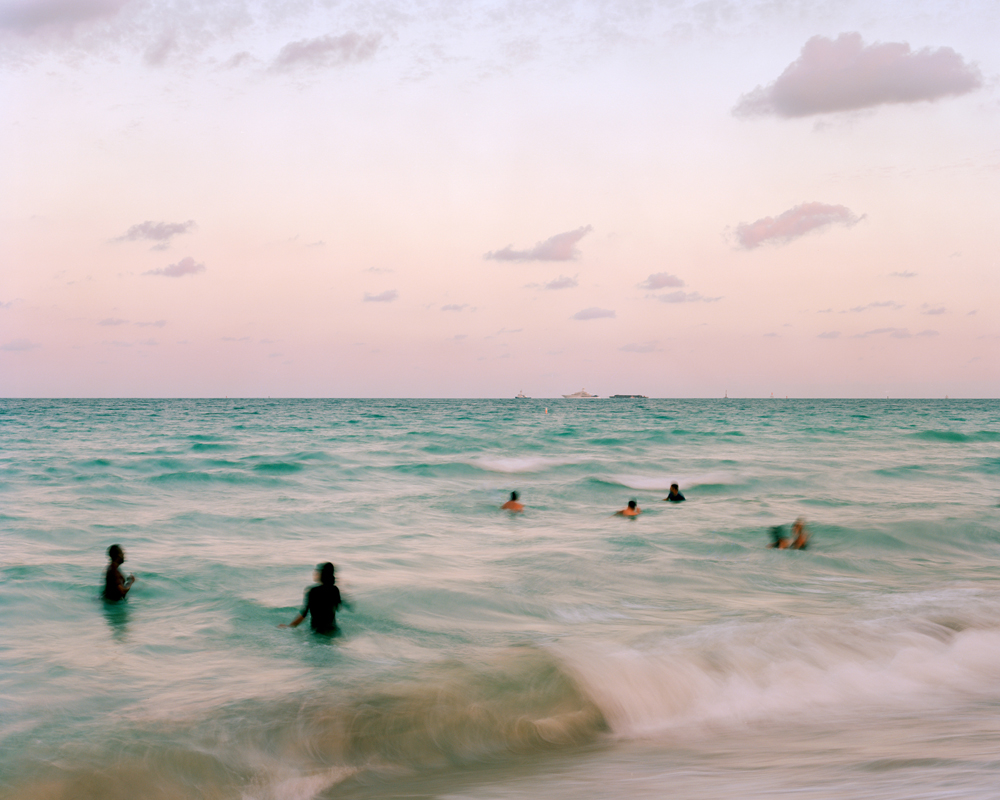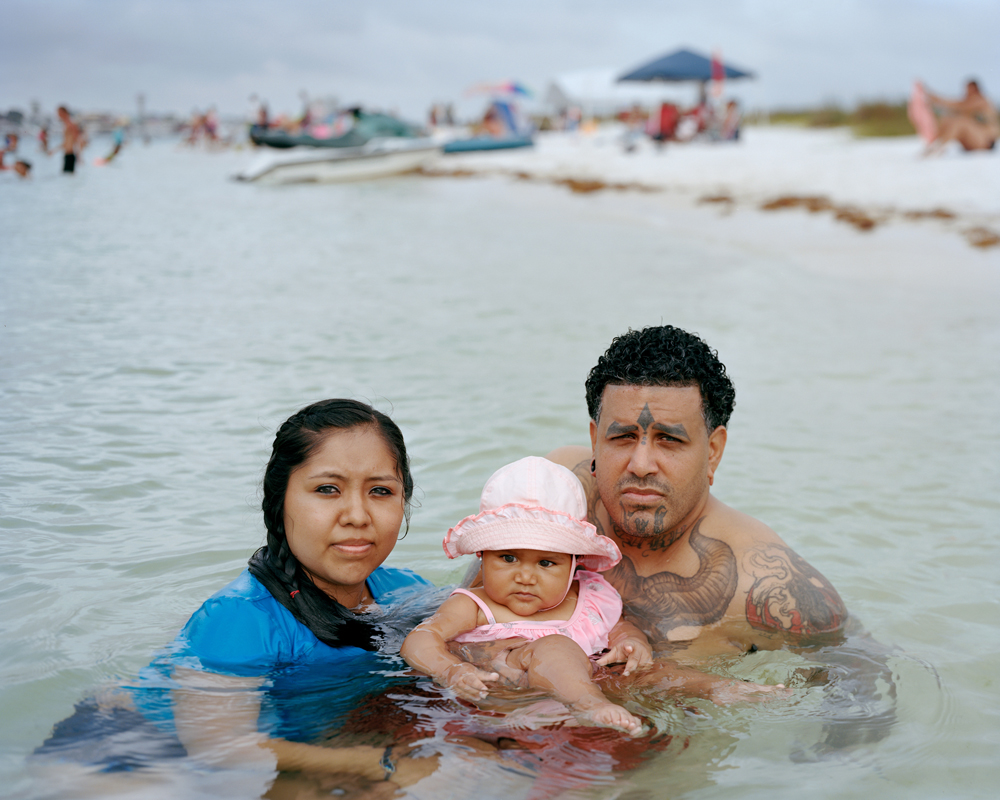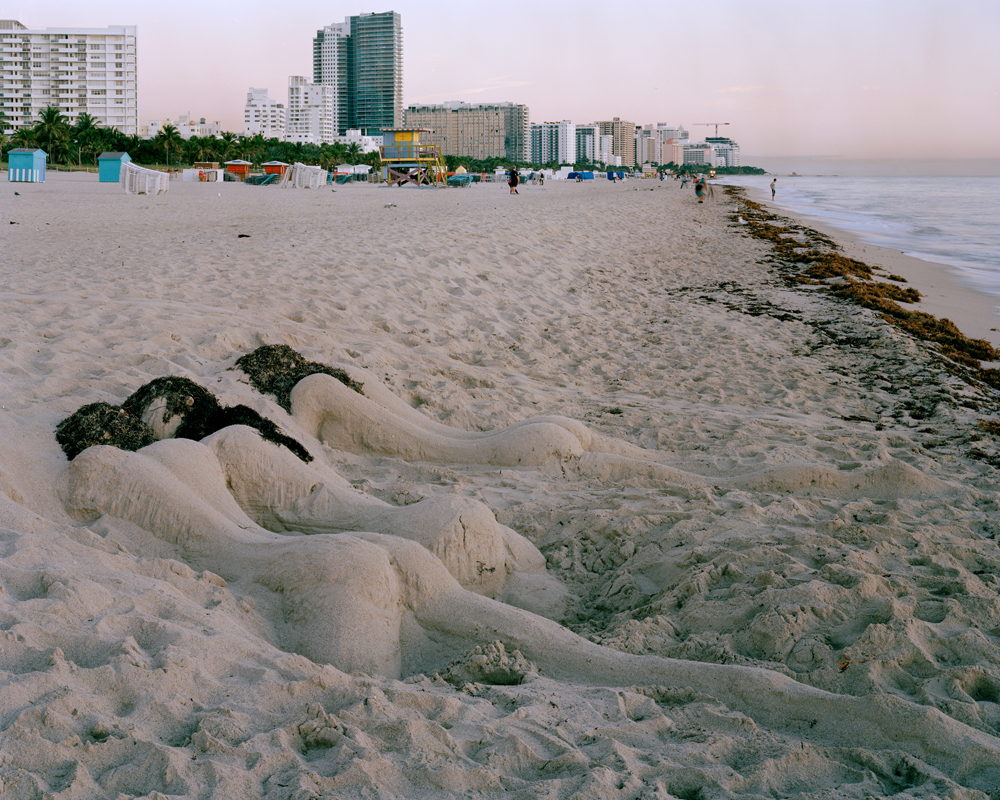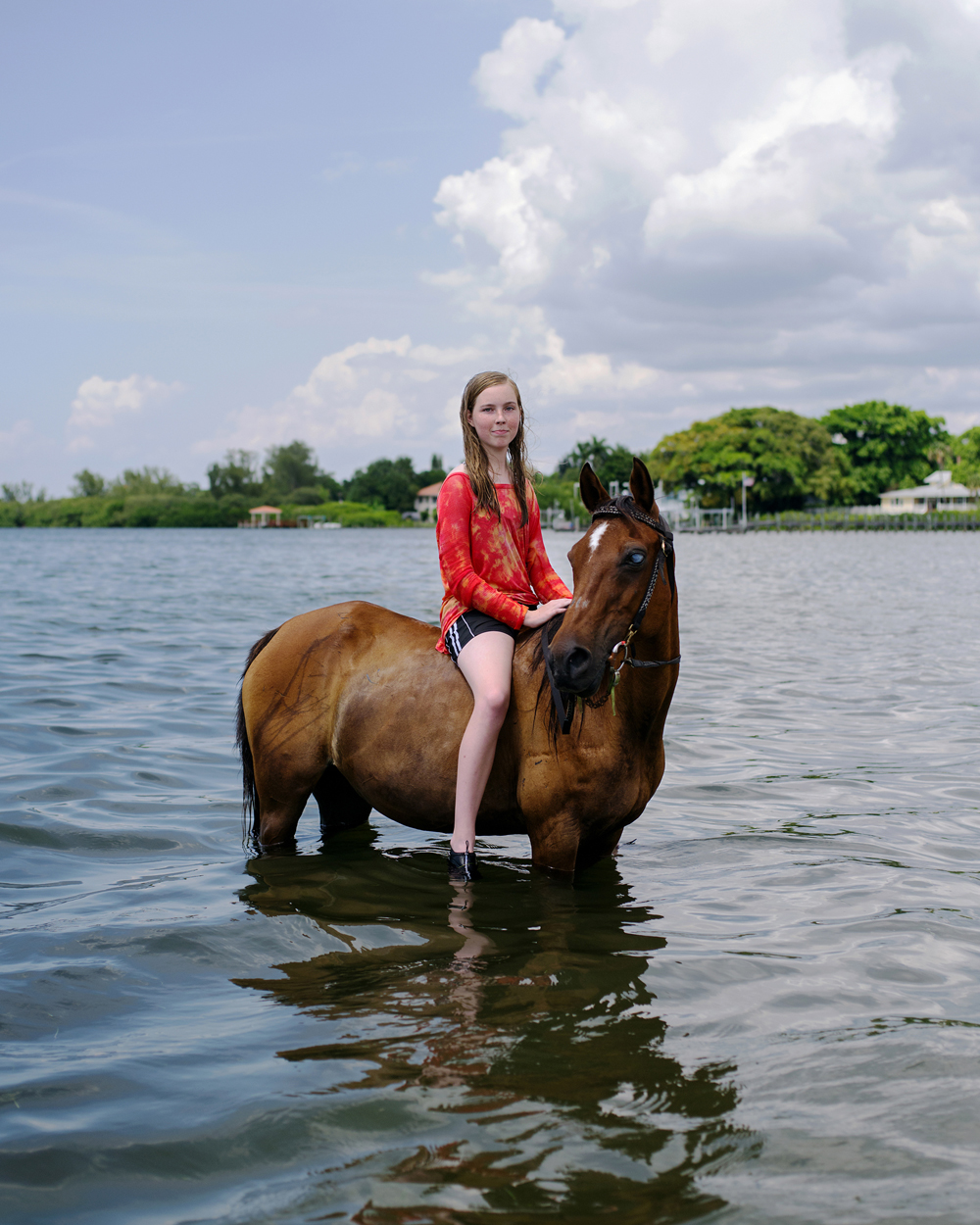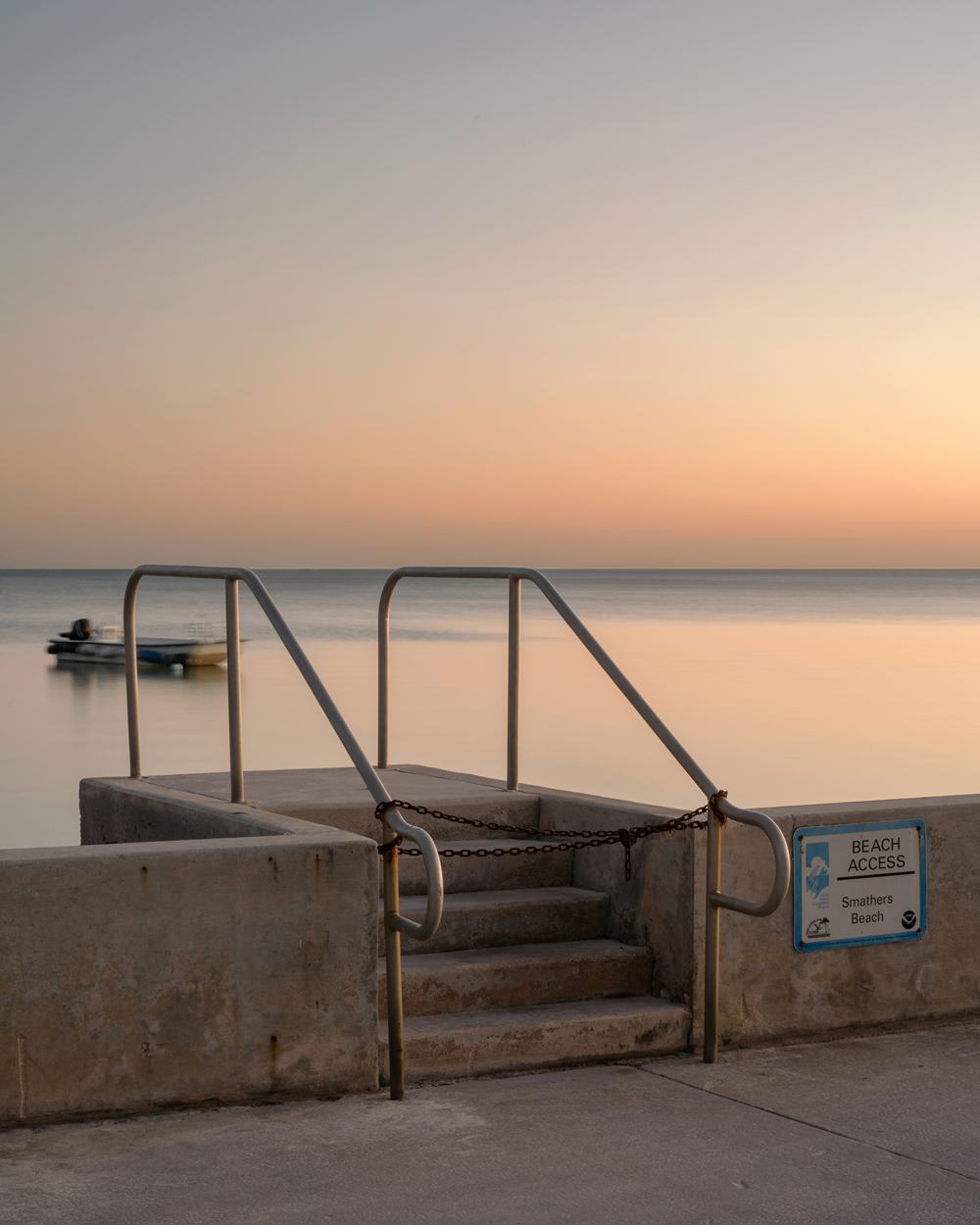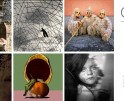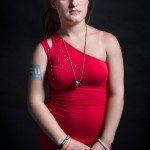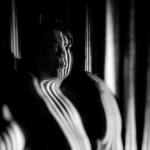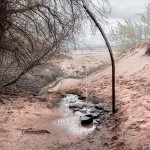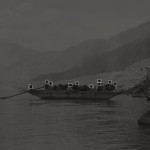CENTER’s Curator’s Choice 3rd Place Award: Bryan Thomas
Bryan Thomas received 3rd Place in CENTER’s Curator Choice Award. His project, The Sea in the Darkness Calls is “a travelogue along the coast of a Florida psychically charged by the shadow of irreversible climate change”. Corey Keller, Curator of Photography, SF Museum of Modern Art selected Bryan’s work for this award and his statement is below.
The Choice Awards recognize outstanding photographers working in all processes and subject matter. The Awards are divided into four categories: Curator’s Choice, Editor’s Choice, Director’s Choice and Exhibitor’s Choice. Winners receive recognition via exhibition, publication, portfolio reviews and more. The Choice Award winners are invited to participate in an exhibition in Santa Fe, New Mexico during Review Santa Fe.
Corey Keller joined SFMOMA’s staff in 2003, where she has organized numerous exhibitions, including Brought to Light: Photography and the Invisible, 1840-1900 (2008), Francesca Woodman (2012), and About Time: Photography in a Moment of Change (2016). She is currently at work on an exhibition of the nineteenth-century photographer J.B. Greene. Her interests in photography are broad, though she is currently particularly interested in the intersections of technology and visual culture.
I enjoy portfolio reviews because they always remind me of how vital photography continues to be as a form of expression, despite the ever-present rumblings of the medium’s imminent demise. The some 500 artists who participated in this process demonstrated vividly how necessary, and even urgent, photography can be, and how many new ways there are to see through the lens (and sometimes even without it). These artists escorted me across the globe and invited me in to their most intimate thoughts, sharing their unique perspectives and imaginative approaches. I was struck, as I always am, by the enormous breadth of subjects photographers choose, and yet not surprised to see certain themes emerge this year. Politics was very much on people’s minds, and though I did not choose any of the election-themed projects, I was moved by the sensitivity and nuance brought to the consideration of this fraught topic. Perhaps unrelatedly, the many deeply personal explorations of death, dying, and the overall fragility of life were given new resonance when seen against the background of the current geo-political situation. And then there were the goats. I cannot explain the abundance of goats in this year’s crop of submissions, but they were definitely there. The winners I chose are as different from one another as they can be, but I found them all deeply moving in their own way, and I’m pleased to be able to pay tribute to the variety of photography’s forms.
In third place is Bryan Thomas for his photographs made along the Florida coast. Florida occupies an unusual place in the American imagination, at once the locus of intense political scrutiny and a site onto which cultural fantasies of race, class, and leisure are projected. Bounded by water on three sides, it is also a symbol of our current precarious environmental state. I appreciated the directness of these pictures, and the way they told stories without resorting to stereotype. I thought the series’s title, “The Sea in the Darkness Calls,” drawn from a mournful poem by Longfellow about the inevitable march of time, perfectly evoked the mood of the pictures.
Bryan Thomas is a Brooklyn-based photographer, originally from Tampa, Florida. Bryan graduated from Dartmouth College and worked at GQ Magazine before returning to graduate school at Ohio University’s School of Visual Communication. Bryan works as an editorial photographer while pursuing personal projects across the United States. Bryan is a regular contributor to The New York Times and has been published by The New Yorker, Harper’s Magazine, Newsweek, CNN, National Public Radio (NPR), Frontline (PBS), and Harper Collins. In 2017, he was recognized as one of the top 30 emerging, American photographers in the Magenta Foundation’s Flash Forward competition. His work has also been recognized by American Photography 33/32/30/29, PDN’s Photo Annual, and the NPPA’s Best of Photojournalism as well as exhibited at The Museum of The City of New York and The Getty Images Gallery in London.
The Sea in the Darkness Calls
The Sea in the Darkness Calls is a travelogue along the coast of a Florida psychically charged by the shadow of irreversible climate change. In the year following the discovery that the decline of the West Antarctic Ice Sheet (WAIS) had “reached the point of no return,” I began traveling alongside 1,300 miles of Florida coastline to survey how the state’s landscape and residents had been changed by the its inescapable future. By 2100, the collapse of the WAIS could raise global sea levels by six feet and cause Florida’s population living below sea level to increase to 2.39 million. In a state where three-quarters of Florida’s 18 million residents live within coastal counties that generate almost four-fifths of its economy, I wanted to ask “how does life continue, let alone thrive, in an environment whose future has been so gravely foretold?” As long as humans have stood along the ocean’s shore, they have felt possibility. Now there is only fear. We no longer look across the ocean. We wait for it to come to us.
These photographs of Florida—taken through the lens of this foreboding research—not only attempt to illustrate what we will lose, but also serve as an indictment of what we have already lost. When the water comes, we will lose homes, family, and friends, but the great sadness of climate change is that humanity—facing a disaster of its own making—now appears to be hardwired for loss itself. Driving along the Gulf of Mexico, across the Everglades, and up the Atlantic Coast, The Sea in the Darkness Calls is a personal meditation on these melancholy whispers through the people and places of “The Sunshine State.” It’s a search for the somber truths about the inevitability of loss, the shame of inaction, and the heavy burden of guilt left in climate change’s now-ineludible path. And it’s a love letter and a eulogy to a place that will soon be as spectral as the very memories of it.
Posts on Lenscratch may not be reproduced without the permission of the Lenscratch staff and the photographer.
Recommended
-
Arnold Newman Prize: C. Rose Smith: Scenes of Self: Redressing PatriarchyNovember 24th, 2025
-
Celebrating 20 Years of Critical Mass: Cathy Cone (2023) and Takeisha Jefferson (2024)October 1st, 2025
-
Celebrating 20 Years of Critical Mass: George Nobechi (2021) and Ingrid Weyland (2022)September 30th, 2025
-
Celebrating 20 Years of Critical Mass: Amy Friend (2019) and Andrew Feiler (2020)September 29th, 2025
-
Celebrating 20 Years of Critical Mass: Jennifer McClure (2017) and JP Terlizzi (2018)September 28th, 2025


